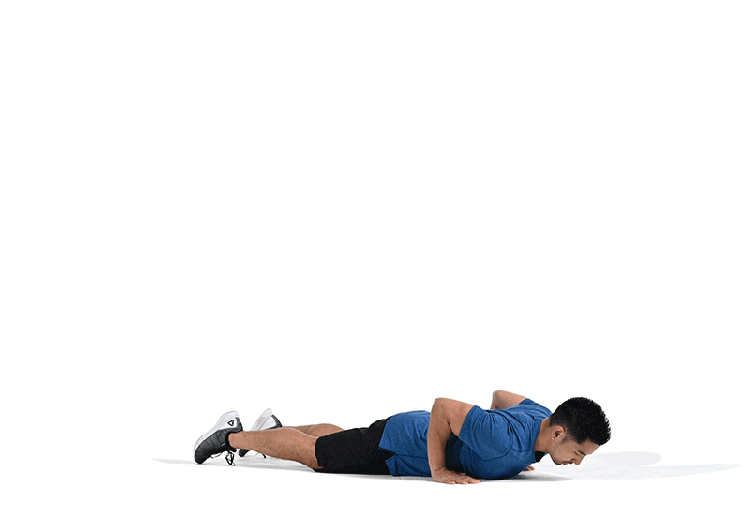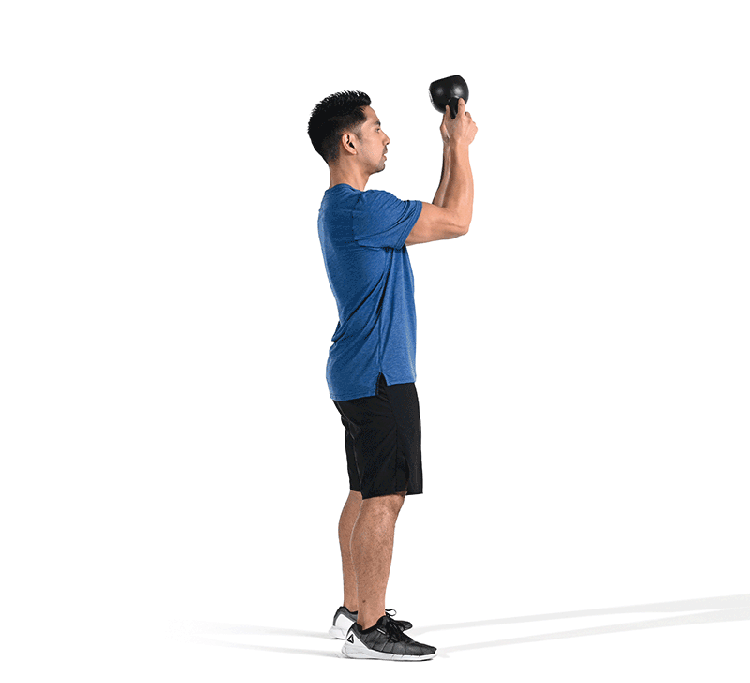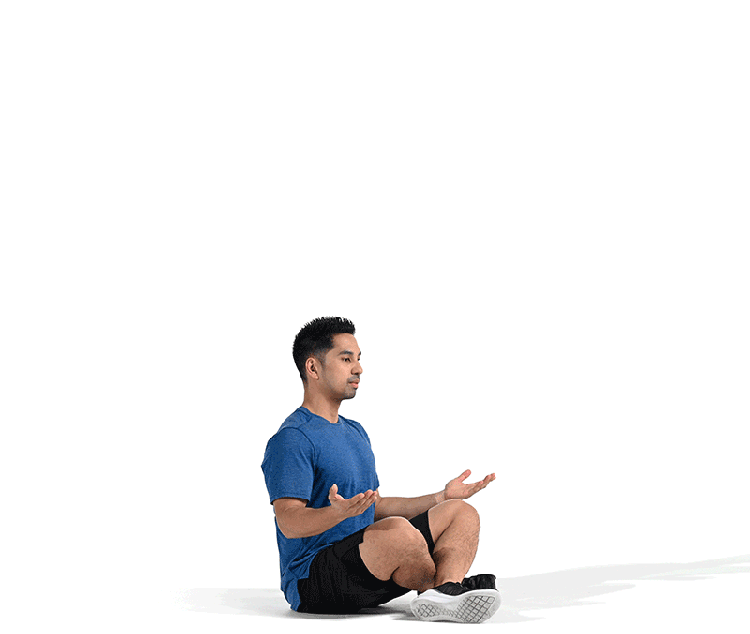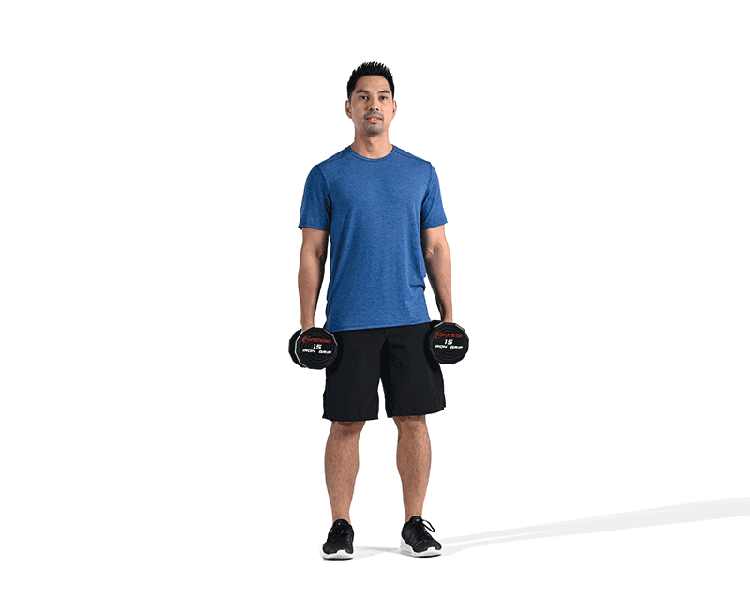Workout – Boost Mobility and Flexibility

While it’s impressive to see seasoned yogis contorting their bodies with ease, mobility is something that more people realize is essential to moving through each day comfortably. Therefore, sheer range of motion is not the be-all and end-all of mobility training; joint control is really what’s at the heart of good flexibility. (Consider the public journey of self-care expert and fitness celebrity Jill Miller—and other yoga practitioners—who found that overuse of their joints through extreme range of motion led to sometimes debilitating injury.) This workout is designed to help you develop range of motion that is adequate for your life yet optimal for your body—an important consideration when our laptops, mobile devices and digital personal assistants have minimized our “need” to move, and we lose it because we don’t use it.
Specifically, this workout targets greater range of motion with proper, good motor control and dynamic support. By incorporating weight and odd positions, this workout will challenge your tissues and nervous system to control your movement and maintain stability, especially at the end of your range of motion. (Think of what happens when you extend a weight at arm’s length.)
Because injury often happens at the end of that range of motion—you’re not strong enough to extend that weight as far as your arm can go—it’s important to proceed with care. Be sure to start with the warm-up and end with the cool-down. If you have physical or mental stress, don’t ignore those disruptors. Start with lighter weight, and notice the point at which your control diminishes—and stop there.
Warm-Up
Workout
- Perform 12 to 15 reps of each movement before moving on to the next.
- Do the movements in sequence to complete one circuit; perform two to three circuits.
- Choose a weight that’s heavy enough to create fatigue but not total exhaustion.

Segmented Burpee (Ground to Standing)
- Begin in a prone position, lying on your stomach with your toes on the ground and your hands next to your chest, elbows bent.
- Press up into a plank position, then walk your right foot forward. Step your left foot forward to come into a low squat and stand.
- Lower back into a squat, send your left leg back, then your right leg to come into a high plank. Lower down to the ground to your starting position. Repeat.
Goblet Squat
- Begin standing with your feet shoulder-width apart.
- Hold a kettlebell upside down in front of your face, elbows in line with your shoulders.
- Descend into a full squat, with your thighs parallel to the ground. Press through your heels to return to stand. Repeat.


Seated Lotus (Ground to Standing)
- Begin seated in a cross-legged position with your palms over your knees facing the ceiling.
- Place your hands on the ground next to you and use your legs to stand up, never uncrossing at the ankles. Hold and then lower back down with control, placing your hands on the ground and coming back to a seated starting position. Repeat.
Dumbbell Curtsy Lunge
- Stand tall, holding a dumbbell in each hand.
- Step your right foot behind and to the outside of your left foot as you come into a lunge. Keep your chest lifted.
- Press through your front heel to return to stand, and repeat on the other side. Count both sides as one rep.

Cool-Down
Photo credit: Studio Firma, Stocksy
GIFs: Mark Kuroda, kurodastudios.com
Model credit: Jeffrey Baltazar, 24 Hour Fitness